There is a preceding question to this one, Why we need to check the existing assets maintainability? To be able to answer this question we need to know the direct and indirect benefits that will result from improving our existence assets maintainability. Then, we shall focus on the key element we need to check in the maintenance of the existing assets to evaluate their maintainability.
Direct and indirect benefits of assets maintainability
Maintainability is to easily maintain the equipment in operation or to return it back to operation after repair whether planned or not.
- An easily maintained equipment will continue to serve the production for longer times
- The easily maintenance implies that it will take shorter time and consequently leave more time for production
- It needs less expensive standard parts that you can find easily from many resources
- Less manpower and less manhours are needed
- Less spare stocking because parts are unified
- Easily maintenance implies safe maintenance
- Easily maintenance implies less highly expert team or at least easily compensation of retired manpower
- Highly maintainable system is built of similar modular parts that can be exchanged in between them to serve other equipment
- Less number of standard tools, supporting equipment or software facilitates team’s excellence in performance
- Available support is part of maintainability
Where to check assets maintainability?
When we need to examine maintainability, we need to look in the details of the maintenance process. As we said; Maintainability is the easiness and availability of maintenance. First, we need to understand the concept of availability of a maintenance task. It does not mean that there is a feasible task whether preventive or predictive because that’s part of the reliability analysis. The conclusion of “no available feasible task” will lead us to change or repair the part when it fails which is a sort of maintenance. What we mean by the availability of maintenance tasks means that when the function stops partially or fully there is a known easy action to retrieve the full functioning state of the asset. In other words; Our maintenance team won’t stand clueless not knowing what to do to repair this failure.
So every part of your maintenance process should be available and easily to reach or to do. Steps of the maintenance process are like the links of the chain. When they are not homogenous the chain would look ugly and perform badly
The maintenance activity includes:
- Detection of the need for maintenance
- Equipment stoppage time till it return back to operation (That’s an envelope for many activities)
- Parts or consumables used during maintenance
- Manpower whether as number or as hours
- Tools
- supporting equipment
- Documents
- Indications or marking
1.Detection for the need of maintenance
How easily can you detect that your asset needs maintenance?
Surely, you have some activities planned and you do them frequently based on the recommendation of the supplier or accumulated experiences. However, your assets might need an earlier intervention before that planned time. There can be many technical reasons for these abnormalities to come. The most important task is to detect this abnormality not to justify why it happened. We had explained the maintenance scheduled triggers in our training: Secrets of a Maintenance Program. But, how to detect any arising abnormality?
- Is there some readings that conveys the operation parameters?
- It can be local gauges whether analog or digital
- It can be some trends on a screen in a central control room
- Can the maintenance team members easily interpret those readings?
- Some visual marking for the healthy reading range
- Alarms outside those ranges
- Are inspection rounds useful?
- Is there a place around the equipment to inspect it safely while in operation?
- Can the inspector easily read or see the abnormal condition?
- Does the inspector have tools to detect the abnormality like a vibration meter or an infrared thermal camera? There are small portable ones available nowadays.
- Then, do the inspection tools easily indicate the problem on its screen? i.e. It tells that this reading is healthy or faulty or the inspector need to return back to a sophist acted system to analyze this data.
- Finally, Is there a way to record the inspection results easily? like from a mobile app or a shared digital inspection form. You can learn how to do this from our course: Jump Start Google sheets, forms and ApsScript.

2. Equipment stoppage-time for Maintenance
As we said the most precious good in our life is the time. Work is not any different. Time is still the most precious asset in work. Although, we can’t extend the time than 24 hours a day but, we can ensure that they are optimally distributed. Even though the ultimate goal is to make the equipment available for production 24/7, that’s an unrealistic target. Think of the most luxurious and durable car, after certain kilometers -in case you are using it- it needs some filter and fluids replacement. Using initial expensive long life filters and oils will defer the need for maintenance not to eliminate it. However, after this long operation cycle you need to provide the car with new expensive long-life filters and oils.
When you think of maintainability you are looking through one of three approaches:
- Design For Maintenance
- reDesign for Maintenance
- Design-out Maintenance
The first and second approaches will take you to the paradigm of easy safe maintenance. The third one takes you to a paradigm where minimum maintenance is required. Blending the three approaches together will create the ideal situation.
Now let’s see the maintenance activity timeline in more details
Before:
That’s planning which is covered thoroughly in our Secrets of maintenance training.
During:
- Equipment is stopped and we need to place safety condition
- How much time it takes to place the safety condition and get a safe release for operation?
- If we need to close multiple valves and switch off multiple electrical circuit breakers to secure the machine, are all of them grouped together? Do you need to go here and there to isolate the fluid, gases and electricity from the machine?
- To reach the part that we are going to inspect or repair
- Is it at the ground level within the reach of the maintainer hands?
- If no, can we reach the part quickly? or we need to wait for setting up an access?
- Is it a good choice to invest in a permanently fixed access or a mobile maintenance platform?
- After the part is within the reach of our hands to maintain
- Is there enough space to work and use the tools?
- Can the maintainer maintain a healthy posture while working?
- Does the job require more than one maintainer?
- If so, why?
- Second person is there to hold a flash light. Can it be fixed to the first maintainer helmet?
- The tools are far to reach in this position. Can a tools belt or hanger help?
- The parts are heavy or big that no one person can handle. Can we use a local jib crane or supporting equipment?
- Can we need more spare parts or tools than what was originally planned? Why?
- Are the related documentation within reach if the maintainers need to check it?
- Is there a possibility to install, connect or adjust the new parts wrong? Why?
- Do we need to take the part to a workshop?
- Why?
- Can we do the job onsite?
- Is the transportation facility available?
- What time does it take there?
- How you will know it is ready to return back to site?
- Were the site team idle during this period?
After:
- Then after the maintenance completion
- Who will do the covers or insulation assembly, if any?
- Tools, old spare and wastes if any, how they will be removed from site?
- Who will report the completion? and to whom?
- How to report the completed job?
- When to release safety conditions?
- How it will be tested?
- Finally, Is the team ready for any rework?
In conclusion,
We had demonstrated the first Thirty-Three (33) Questions to check the existing assets maintainability. You can apply them easily while monitoring the job execution. Not only that, they are designed to boost maintainability. The remaining topics will be in coming chats. However it is important to entrench in the minds of your team that it is always possible to do job easily. It is just a matter of noticing, focusing and imagining.
If you feel you need help with any of these ideas we discussed, request a Management Consultancy or Coaching Services From our Store

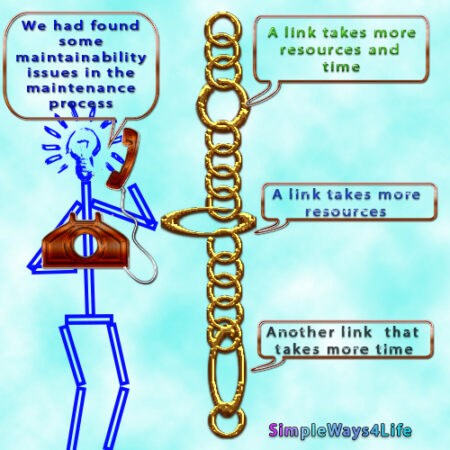

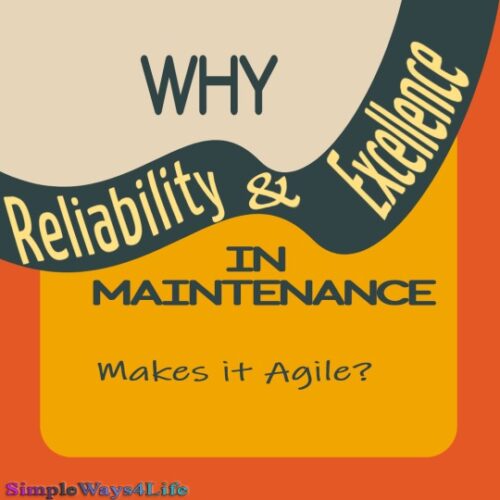

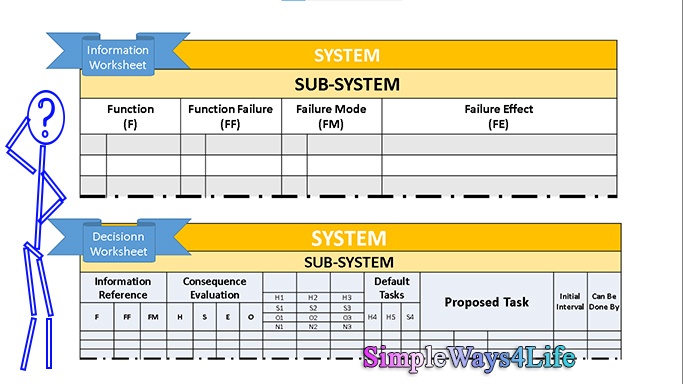
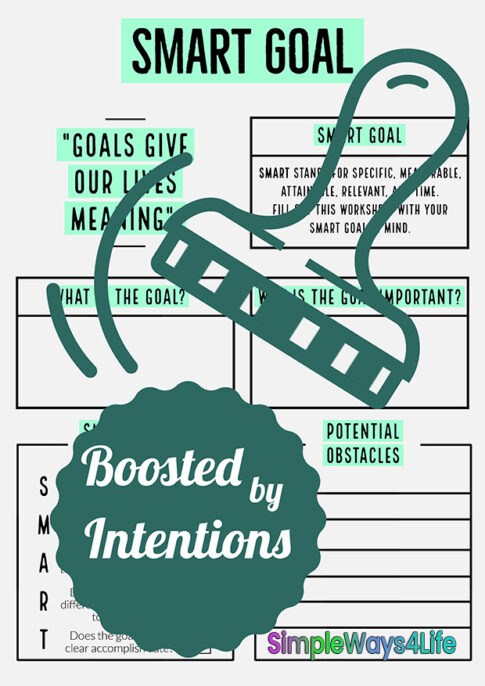
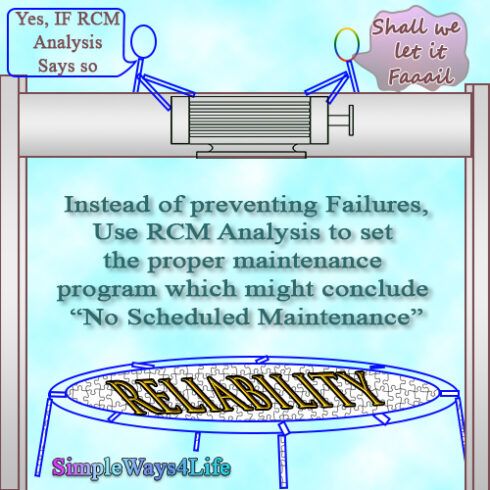
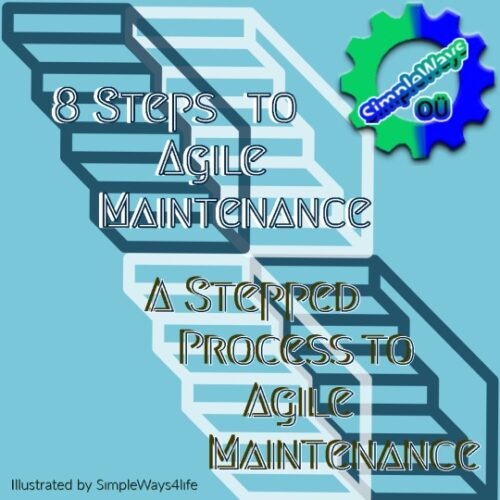
One Comment